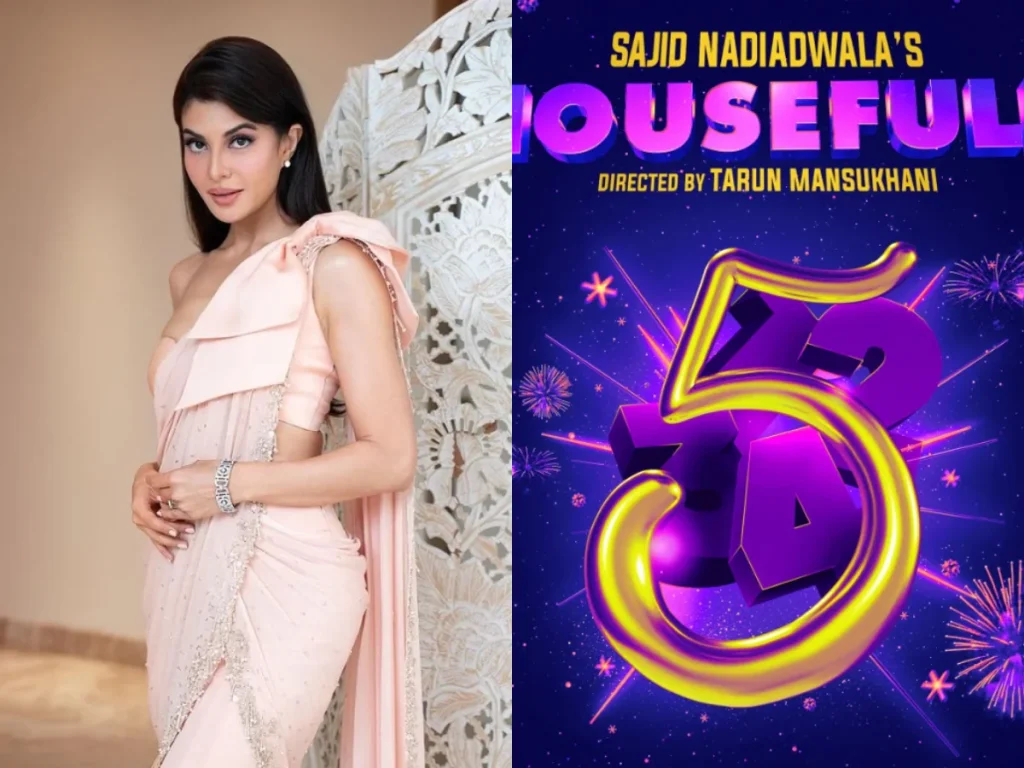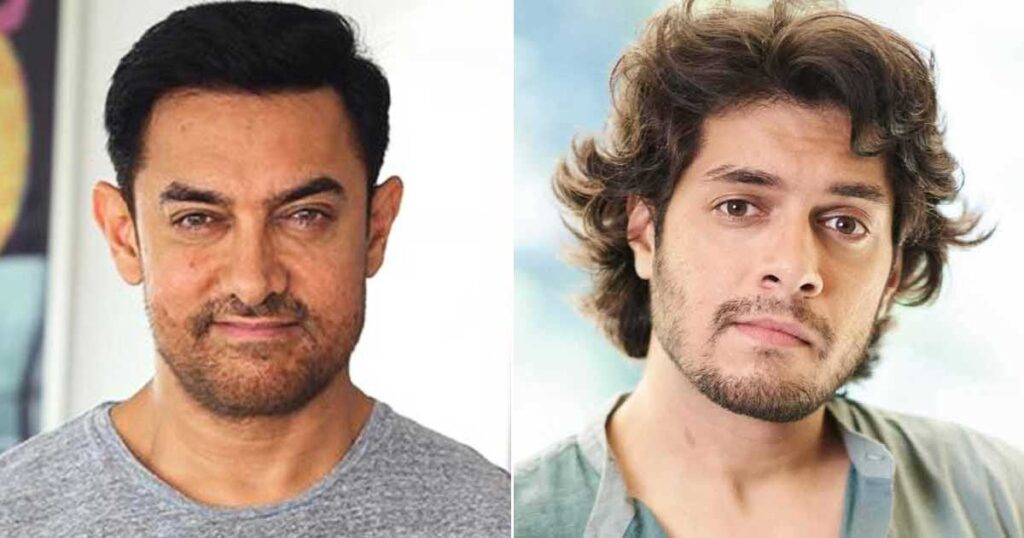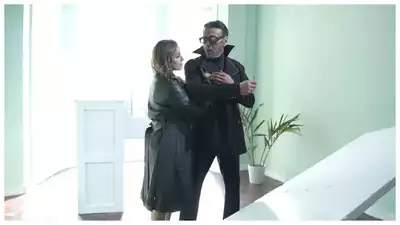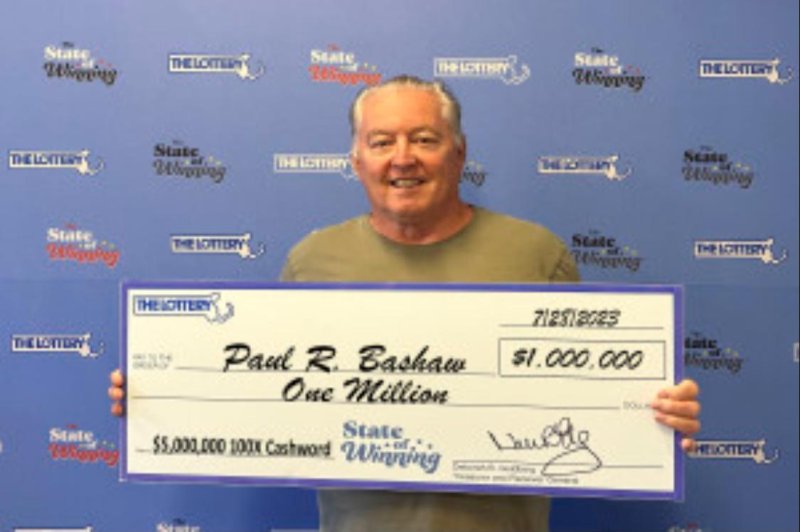25 Years of Karan Johar
Written by Sneh Chaudhry on August 2, 2023
Here is a man who began on screen as an actor in Indradhanush, a 1989 TV serial, little knowing then that he was going to emerge as one of our frontline filmmakers and a director of caliber. Karan Johar, son of producer and veteran production controller Yash Johar, also became many more things: writer, producer, anchor, talk show host, reality show judge, fashion and costume designer and much more.
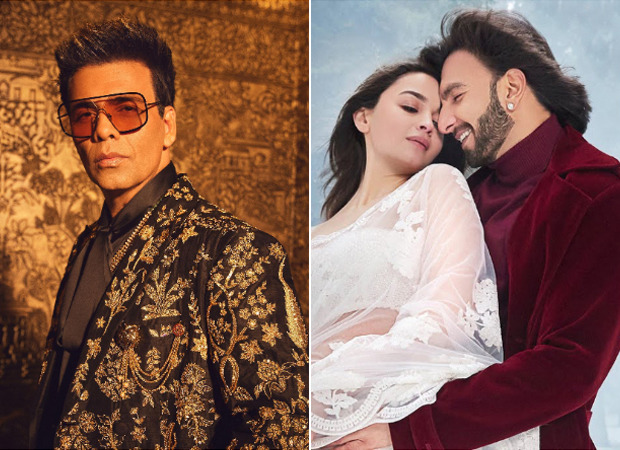
After assisting on his father’s films, Karan was encouraged by leading man Shah Rukh Khan (whose crony he played in a cameo in Dilwale Dulhania Le Jayenge) to turn writer-director. What’s more, he had also assisted whizkid Aditya Chopra in this directorial debut of his.
And following SRK’s suggestion, his first confection, Kuch Kuch Hota Hai, a perfect blend of Hindi cinema romance with Archie Comics-like characters and the then-prevalent almost-marriage-to-the-wrong-man formula, became the biggest hit of that year. The film was also, until then, his father’s banner Dharma Productions’s biggest hit. It not only won the National Award for Best Popular Film Providing Wholesome Entertainment but annexed most of the popular awards, including for Best Film, Best Director, Best Music and acting.
Kabhi Khushi Kabhie Gham… (2001), his next venture, was even bigger. Known affectionately now as K3G, the film became 2001’s biggest hit after the mammoth blockbuster that was Gadar—Ek Prem Katha that year.
Karan showed his genius for family dramas-cum-romantic musicals with this timeless film with the tagline, “It’s all about loving your family.” You laughed and you cried, that too with three generations of the biggest stars: Amitabh Bachchan and Jaya Bachchan, Shah Rukh Khan and Kajol and Hrithik Roshan with Kareena Kapoor and the turbulences in their relationships. And for the first (if not the only) time, we had three composers scoring music that had a homogenous sound despite the diversity.
The film, in tenor, was clearly inspired by Yash Chopra’s Kabhi Kabhie—the title had the same repeated words spelt differently in that order, apart from the multi-generational love story. It validated Karan’s statement that that late filmmaker, along with Raj Kapoor and Sooraj R. Barjatya, were his inspirations. Not to forget that, as a kid of the 1970s, he had been exposed to the movies of other great filmmakers and actors from that decade and the 1980s. In short, he was the classic Hindi film buff.
It was after K3G that multiple things began to happen in KJo (as he came to be called)’s life.
A big-name screenwriter had told me, “Karan got a massive complex when told by some colleagues that he had made ‘just another Hindi family drama’ in K3G. That was the year when Lagaan, Dil Chahta Hai and Chandni Bar had come, and they asked him why he could not make such different and path-breaking films!”
Ergo, Karan went ‘elitist’, trying to compromise his natural, mainstream sensibilities with what was thought of as progressive Hindi cinema. He assigned Nikhil Advani to direct his next script, Kal Ho Naa Ho. It proved a massive hit overseas in 2003, but an average performer in India.
After his father passed away in June 2004, Karan was, for a while, bereft of an anchor in life. Yash had been a financial whiz too, and Karan now had to steer the Dharma ship himself. Still under the influence of making films to meet global standards and encouraged by the global success of Kal Ho Naa Ho, he then directed (and co-produced) Kabhi Alvida Naa Kehna (2006), a blockbuster overseas but a disaster locally with its theme of extramarital flings.
The next, My Name is Khan (2010) was a hit in foreign countries and a flop in home country. This film, on the controversial topic of religion, terrorism in the US, 9/11 and the medical condition of Asperger’s Syndrome, won accolades from overseas audiences.
By now, awards, right from Kuch Kuch Hota Hai, had become a habit for Karan. And from November 2004, Karan had ventured into hosting Koffee With Karan, a television talk show that was a roaring hit and went into multiple seasons. Soon, his ready, dry wit made him an in-demand personality as a reality show judge as well as anchor of shows. He had also begun to explore other terrains as mentioned above, including Costume Design and acting in cameos.
From 2005, Karan had stepped up production as well. He had invited his old buddy, Apoorva Mehta, to join him as associate producer, later becoming CEO of his company and co-producer. From Kaal, which Karan co-produced with Shah Rukh Khan in 2005, Karan went on to produce multiple films, later stepping into co-production and presenting even South movies.
All through, as director, Karan pondered on where he was going wrong, and finally concluded that he now wanted to make a full-on Hindi film with lots of music that the desi audience would first lap up. Kaal had not done well, and his other productions, Dostana (a comedy based on homosexuality) and the coming-of-age Wake Up Sid! had also fared indifferently. Kurbaan (2009) and We Are Family (2010) had met with failure. 2008 onwards, the Hindi film scenario was more than a shade confusing and the hits in these years were Ghajini, Jaane Tu…Ya Jaane Na, Jannat, A Wednesday!, 3 Idiots, Wanted, Golmaal 3 and finally, Dabangg.
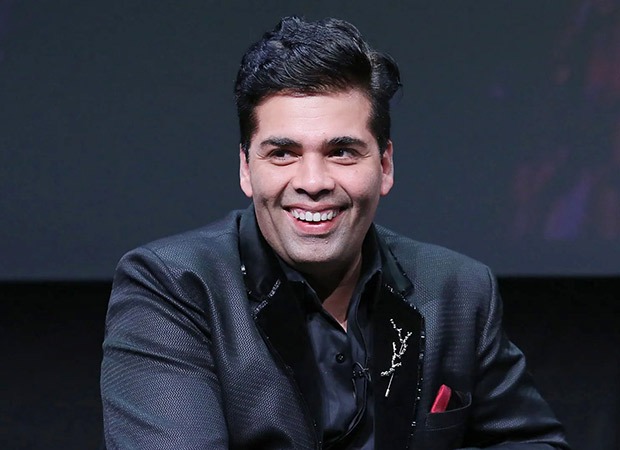
At the Screen awards function in 2011 (a year in which Karan was absent from cinema even as producer), Karan, who had won for …Khan, “promised” me backstage that his next as director would be a full-on “Hindi commercial film” with lots of naach-gaana. The result was Student of the Year (2012), which did tepid business all over, and had disappointing music. He then made Ae Dil Hai Mushkil—again, this time, despite good music, he could not make good his investment, financially as well as in the hearts of the audience. The offbeat script, packaged as a ‘contemporary’ mainstream movie, barely worked.
Meanwhile, his banner, Dharma Productions, had become a company that was investing in multiple films of all hues and shades. An honest look-back must have convinced Karan that his biggest hits as producer were 2 States, Badrinath Ki Dulhania and Yeh Jawaani Hai Deewani—all full-on musicals with complete entertainment and subtle messages. Agneepath (the remake of his father’s iconic but initially-flop production) and Humpty Sharma Ki Dulhania (Karan’s self-confessed tribute to DDLJ) had also met with success.
And through all this, he had directed segments in the anthologies, Bombay Talkies and Lust Stories for the elite, which had not met with favour either.
What’s more, during the production, he experienced (as presenter) the magic of S.S. Rajamouli’s grander-than-life bonanzas—the Bahubali franchise in 2015 and 2017. And the entertaining Raazi, Simmba, Kesari, Good Newwz, all co-productions, had met with public endorsement too.
While the film was under production, Sooryavanshi, another Rajamouli triumph—RRR, and Karan’s own extravaganza, Brahmastra, also succeeded, and must have played a part in the way his then-under production Rocky Aur Rani Kii Prem Kahani shaped up. Online too, it was Shershaah that had met with great success. Sensibly again, before that time, Karan had announced but later abandoned the Mughal historical, Takht, which, even if brilliantly made, would have failed to entice the audience, especially those who were fans of KJo the director.
And so, after a lot of thought and pains, and a young team of brilliant writers, a milestone entertainer was born: Rocky Aur Rani Kii Prem Kahani. As director, the film marks Karan Johar’s return to Kuch Kuch Hota Hai- K3G top form! The script is an imaginative blend of classic Hindi cinema with a modern flavour—and the old wine in new (and young) bottle formula will always work if done cerebrally. Family, romance, music, great humor and drama—the right proportions of the right elements were blended seamlessly.
On his silver jubilee as a director, welcome Karan Johar to the form (and intention) that marked the cult masterpieces with which he began his career.

